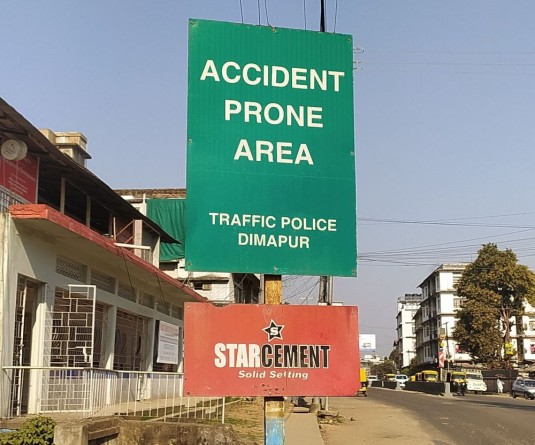
Kaka D Iralu
The Indo Naga Burma problem did not begin by any Nagas aggression into Indian or Burmese territories at any time in history. The political conflict erupted when the British Empire relinquished their South Asian empire in 1947 after ruling over both India Burma and parts of Nagaland for centuries. For India, If we are to begin from 1661 (surrender of Bombay to the English), they were under British occupation for 286 years. As for Burma, they were under the British Empire for 122 years (1826-1948). As for the Nagas we defied the British Empire for 115 years (1832-1947). In all these years of resistance, the British were able to run their administration over only 30% of Naga territories from 1880-1947. There also exist no written treaties or surrender documents in Anglo Naga relations. This fact was clearly stated by C.V. Atchinson in 1931 in his official records as Under Secretary, Govt. of India, Foreign department: “No written treaties or agreements have been made with any of the Naga tribes.” (C. V. Atchinson Treaties, Engagements and Sanads ). Jawaharlal Nehru might not have known all these facts of Anglo Naga history, but he definitely knew that Nagas had never gone under British subject hood as Indians. This becomes clear when he stated the following words on August 19, 1946: “The tribal areas are defined as being those long frontiers of India which are neither part of India nor Burma, nor of Indian states nor of any foreign powers.”
But despite these facts of history, when the British left their South Asian Empire India and Burma moved into Naga territories and claimed them as their own territories. This was done on March 30, 1953 when both Nehru and U Nu visited Kohima in Nagaland and Khampti in Burma. After this event, boundary pillars were set up all across Naga territories and both Indian and Burmese army were sent into Naga lands to claim Nagaland as parts of India and Burma. As for the Naga people, Naga leaders had from 1929 to 1947 informed both the outgoing British government as well as the incoming Indian government about the Naga stand for independence from India and Burma. To make their stand clear, they hoisted their independence flag on 14th August 1947. All these facts and events are available in documented records in Nagaland as well as abroad. India and Burma therefore can never be able to trample or twist these documents and solve the Indo Naga Burmese problem independently. Despite their small geography and population, Nagas have grappled with giant nations and empires in history and have prevailed so far. We are not in the end, ready to barter away that honourable heritage for the economic benefits of a few Nagas.



